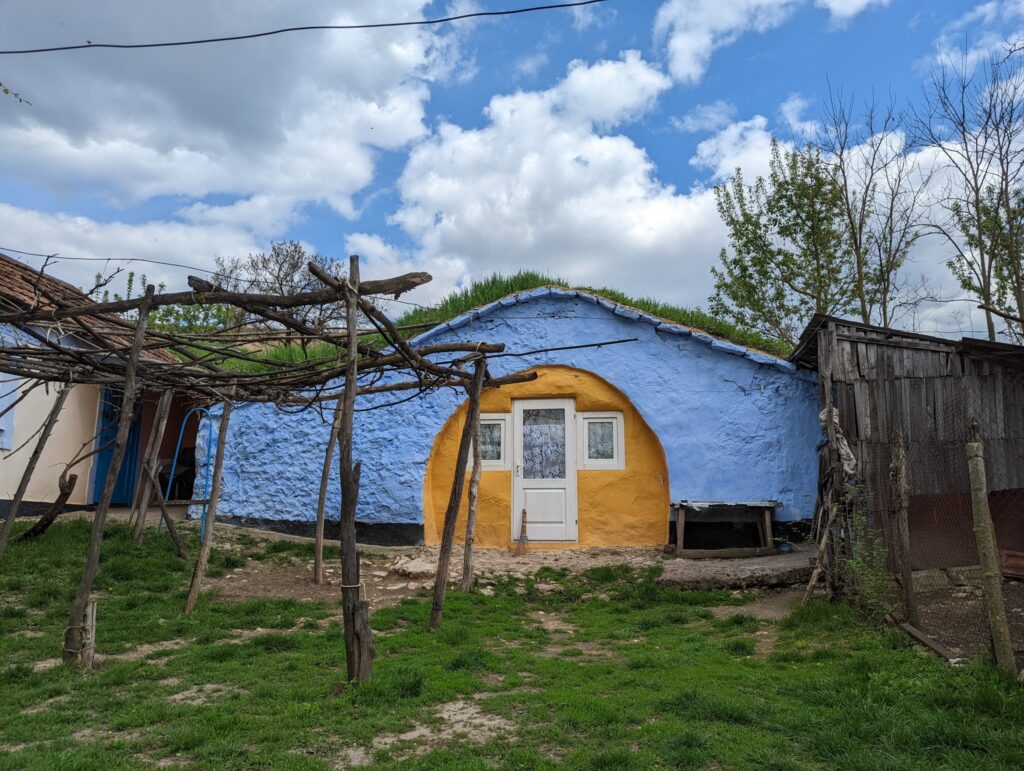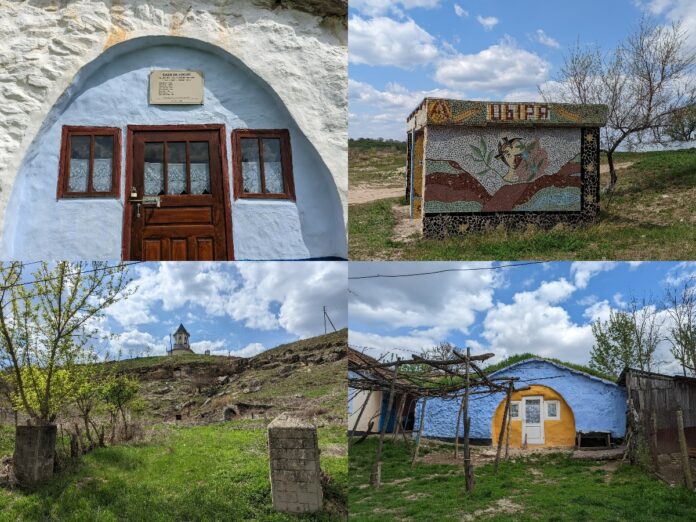When you visit the villages of Rogojeni, Tira, and Rosietici in Moldova, you might feel like you’ve stepped into a scene from The Lord of the Rings. It is almost as if director Peter Jackson was inspired by these very places when he brought J.R.R. Tolkien’s Hobbit to life on screen.
These villages are home to unique semi-underground houses, known as burdei (or bordei, basca), which Moldovan peasants lived in for centuries. These ancient dwellings, some dating back to the early Middle Ages or even earlier, blend seamlessly into the landscape, offering a fascinating peek into Moldova’s rural heritage.

What makes these unique homes so practical and widespread are their distinct advantages. Builders often dug these houses into hillsides or rocky slopes, which saved on construction materials. They used arched vault techniques for the walls and ceilings, a sturdy and efficient method that did not need extra support or mortar to hold the stones together. This ancient approach not only endured through centuries but also provided Moldovan peasants with an eco-friendly and cost-effective housing solution.

The radial ceiling, constructed with wedge-shaped stones, proves far more durable than regular walls and ceilings, allowing these homes to last for generations over centuries. Thanks to the consistent underground temperature (around 10-12°C year-round), these houses remain warm in the winter—making them economical to heat—and cool in the summer. As we can see, Moldovans have been applying eco-friendly principles long before they became trendy. Another significant advantage is their protection against harsh weather and earthquakes.
FOR THE MOST IMPORTANT NEWS, FOLLOW US ON TWITTER!
Inside the basca, everything a family needed fit comfortably: a stove for cooking and beds for all family members.

Rogojeni, the main village of its namesake commune in Soldanesti district, Moldova, has a modest population of 71 residents. It lies 35 km from Soldanesti and 100 km from Chisinau. The commune also includes the Rogojeni railway station.
Rogojeni was first documented on July 23, 1623, when Moldavian ruler Stefan Tomsa confirmed several villages, including Rogojeni on the Raut River, as properties of Manolache the tax collector. The village, which already existed by this time, had a pond and a mill and once belonged to Hatman Isac Balica.
Archaeologists in Rogojeni uncovered a bordei (an ancient semi-subterranean dwelling), revealing numerous ceramic fragments, clay pot pieces, flint and bone tools, and animal bones. These findings suggest that the village’s early inhabitants lived here roughly 7,000 years ago.

Here you can watch the virtual tour of this locality: https://vr.visit.md/embed/tour/tzrfu7?sId=s4ty0y&hlookat=130.50731151587905&vlookat=19.066607679032078



